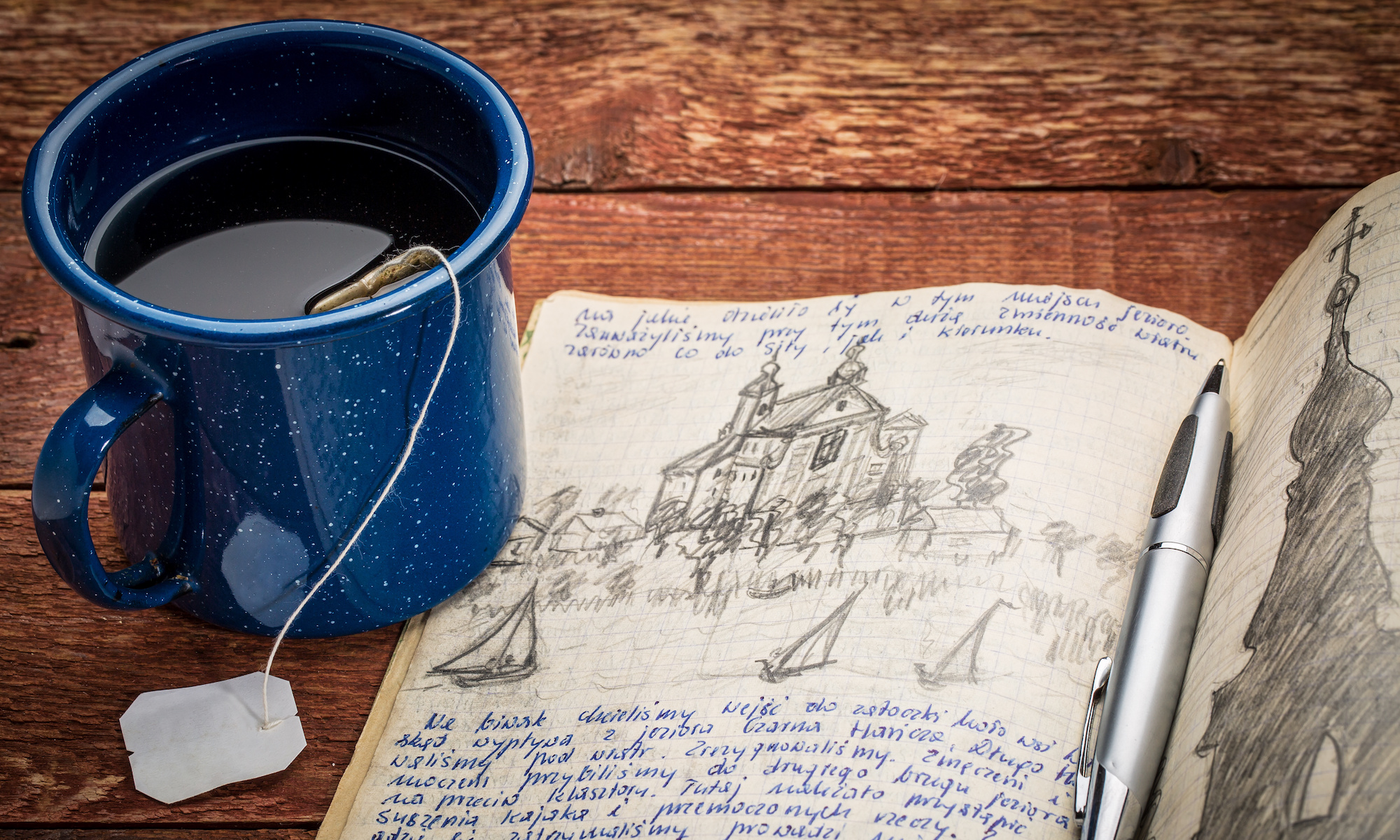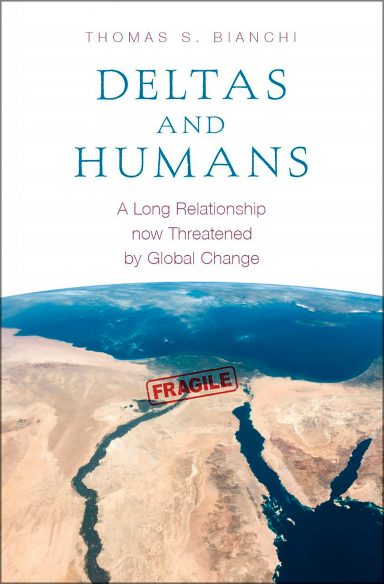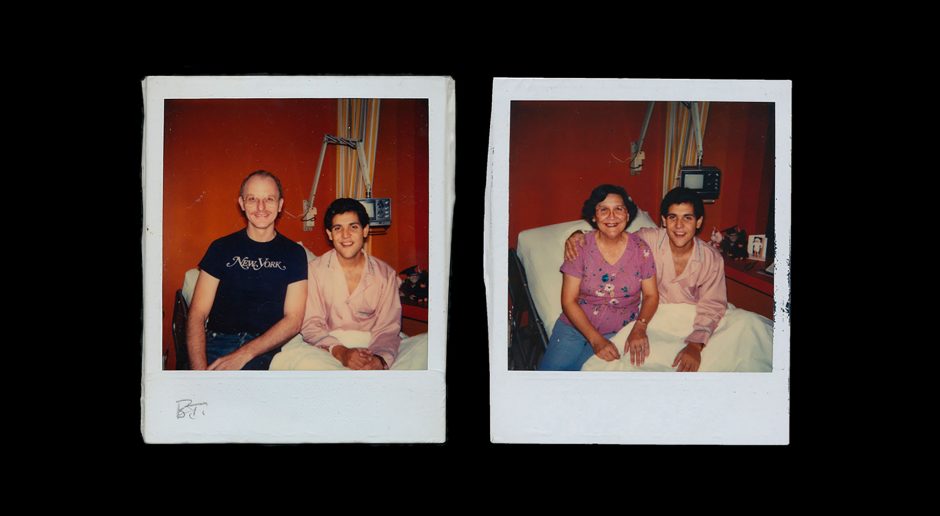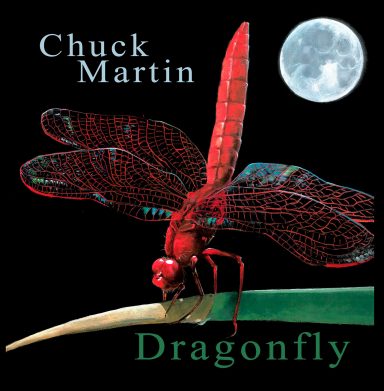
Creative License — Reviews
Books
 Sewing the Fabric of Statehood: Garment Unions, American Labor, and the Establishment of the State of Israel, Adam M. Howard PhD’03
Sewing the Fabric of Statehood: Garment Unions, American Labor, and the Establishment of the State of Israel, Adam M. Howard PhD’03
2017, University of Illinois Press
This digestible history of the State of Israel illuminates the role of American labor organization, especially Jewish-led garment unions, in the Zionist movement. Adam M. Howard thoroughly examines the sociohistorical aspects of immigrant groups, ethnic identities, and shifting class consciousness to trace parallel lines among the Zionist and labor activities between the economic pressures of the garment industry and the political pressures of World War I. His linear, detail-rich approach provides a compelling narrative of the complex and often subversive alliances and rivalries among American and British governments and NGOs, with all ends tied up in the story’s conclusion: the AFL and CIO-backed formation of the State of Israel.
See on Amazon.
 Women as Wartime Rapists: Beyond Sensation and Stereotyping, Laura Sjoberg
Women as Wartime Rapists: Beyond Sensation and Stereotyping, Laura Sjoberg
2016, NYU Press
UF political science professor Laura Sjoberg tackles the unseen hells of war through the lens of strategic sexual violence committed by women, a reality often ignored by mainstream histories of war or shunted due to myths about gender and female temperament. Drawing upon historical documents from the Nazi regime, the Yugoslavian wars, and the Rwandan genocide, Sjoberg offers a feminist perspective on wartime violence committed by women to challenge the media’s portrayal of female rapists and sadists as secondary perpetrators or wives/accomplices of war criminals. In this scathing treatise, she also condemns news sensationalism and state complicity with genocidal rape and sex trafficking. Moreover, her hard-hitting analysis shows how the common war tactic of mass rape and sexual torture reflects patriarchal structures that demand the feminization of the enemy, and thus how war is inherently linked to gender-based violence.
See on Amazon.
 Deltas and Humans: A Long Relationship now Threatened by Global Change, Thomas S. Bianchi
Deltas and Humans: A Long Relationship now Threatened by Global Change, Thomas S. Bianchi
2016, Oxford University Press
Thomas S. Bianchi, UF professor of geological sciences, wants to improve communication between scientists and the general public, and Deltas and Humans represents this desire. In this timely book, Bianchi describes how deltas, the bases of ancient civilization, have been damaged by human activity. This “good relationship gone bad” is further spoiled by the politicization of climate change and lack of natural resource management. Bianchi offers personal anecdotes of his devastating losses due to Hurricane Katrina to enhance his scientific explanation of climate change’s effects upon deltas and coastal regions, while giving a critical overview of government responses to these disasters. To develop a complete history of deltas and humans, Bianchi also draws upon anthropology and evolutionary biology to explain how humans became “geomorphic agents” who live within both natural and anthropogenic cycles above and below the surface of the Earth. With his conversational style, he also gives his audience a college-lecture introduction to concepts such as the carbon cycle (giving an example of your garden’s weed problem) and the hydroclimate (and how good omega-3s are for you). While the delta may have been the cradle of civilization, it is certainly not static, writes Bianchi, and now is the time to learn what comes next.
See on Amazon.
Film

Memories of a Penitent Heart (2016), Directed, Written, Produced by
Cecilia Aldarondo ’02
“If we only remember the good things about the people we love, what do we lose?” asks Cecilia Aldarondo at the beginning of her biographical documentary, which focuses on her late uncle, Miguel Dieppa, a closeted gay man who succumbed to AIDS. Highly immersive, the film combines hauntingly friendly family photographs, disembodied voices, and excerpts from letters, email threads, and newspapers to reveal Miguel’s hidden life — one of actor/playwright “Michael” who left his homeland, Puerto Rico, and fell in love with New Yorker Robert, to the great dismay of Miguel’s mother, Carmen, and sister, Nylda. Cecilia’s initial passion project to learn more about Miguel moves beyond its admittedly staged ending in which Robert and Nylda (Cecilia’s mother) reconcile toward a self-reflexive narrative of lives lived and love lost. Reflecting on her own filmmaking process, she encloses a partly-made film within a film. Cecilia’s meeting of Robert provides the through-line amidst a set of striking visual collages: Illuminated portraits of “Michael’s” ID cards and religious artwork interspersed with home videos. The final, most compelling collage shows the artifacts of Miguel’s suffering of AIDS, his death, and his funeral. Deep-focus shots of empty rooms and lush yet vacant landscapes symbolize Miguel’s loneliness. Carmen and Miguel’s contentious relationship is seen in their bitter letters, the words’ typographical characters scrolling the screen in a dreamscape of speckled footage and Puerto Rican vistas. Cecilia forgoes explicit audiovisual linkages for unnerving juxtaposition and dissonant composition. To heartbreaking use she puts perfect visual metaphors: an old film of pole acrobats simulating battle, and a pair of birds, one sprightly and the other, grotesquely beautiful but dead. “Life is for the living, and we are the ones who suffer,” says Robert about reconciliation and healing. The quiet suffering of unseen secrets is palpable in Cecilia’s faceless voice, which permeates the film. “How do I forgive everyone?” she asks, her voice breaking. Left with more questions than answers, Cecilia defers to a final letter from Miguel: “I only wish I could share this with others. I know that it is impossible to transfer the whole of my experience.” Memories seems to have made this a little less impossible.
Music
 Dragonfly (2017), Chuck Martin
Dragonfly (2017), Chuck Martin
Dragonfly, UF chemistry professor Chuck Martin’s sixth studio album, is the result of his being bitten by a dragonfly last summer, says the album description. “They are in me now and told me to call my new album Dragonfly,” he says. The dragonfly appears throughout the album’s clever lyrics. As before, Martin explores a range of historically connected genres — bluegrass, rock, and folk — as well as of his own range, from the loverly “Likes Me,” a folksy duet co-written with his wife, Amy Lynn, to the deep-throated “I’m the One,” an experimental blues gem. True to his usual comedic form, Martin packs the humor of personal life into the album with “Rain Come,” which pokes fun at Amy Lynn and the woes of Florida weather and hair care, and “Little Red Wagon,” a rockabilly tribute to his home state. The first track, klezmeresque “Charlie Tomatoes,” is one of his signature musical curiosities. The other half of the album, however, is devoted to introspective, sometimes sorrowful, musings, including the melodic folk delight “Ghost Town” and “Never Had You,” a bittersweet ode to a dream child. “Dead End Road” carries on the tradition of road symbolism in philosophical progressive rock, and indeed, the road is an apt metaphor for Martin’s own musical journey in Dragonfly.
See on Bandcamp.
– Rachel Wayne
Each issue of Ytori will cover creative works by faculty and alumni. Please submit suggestions to gigimarino@ufl.edu.

